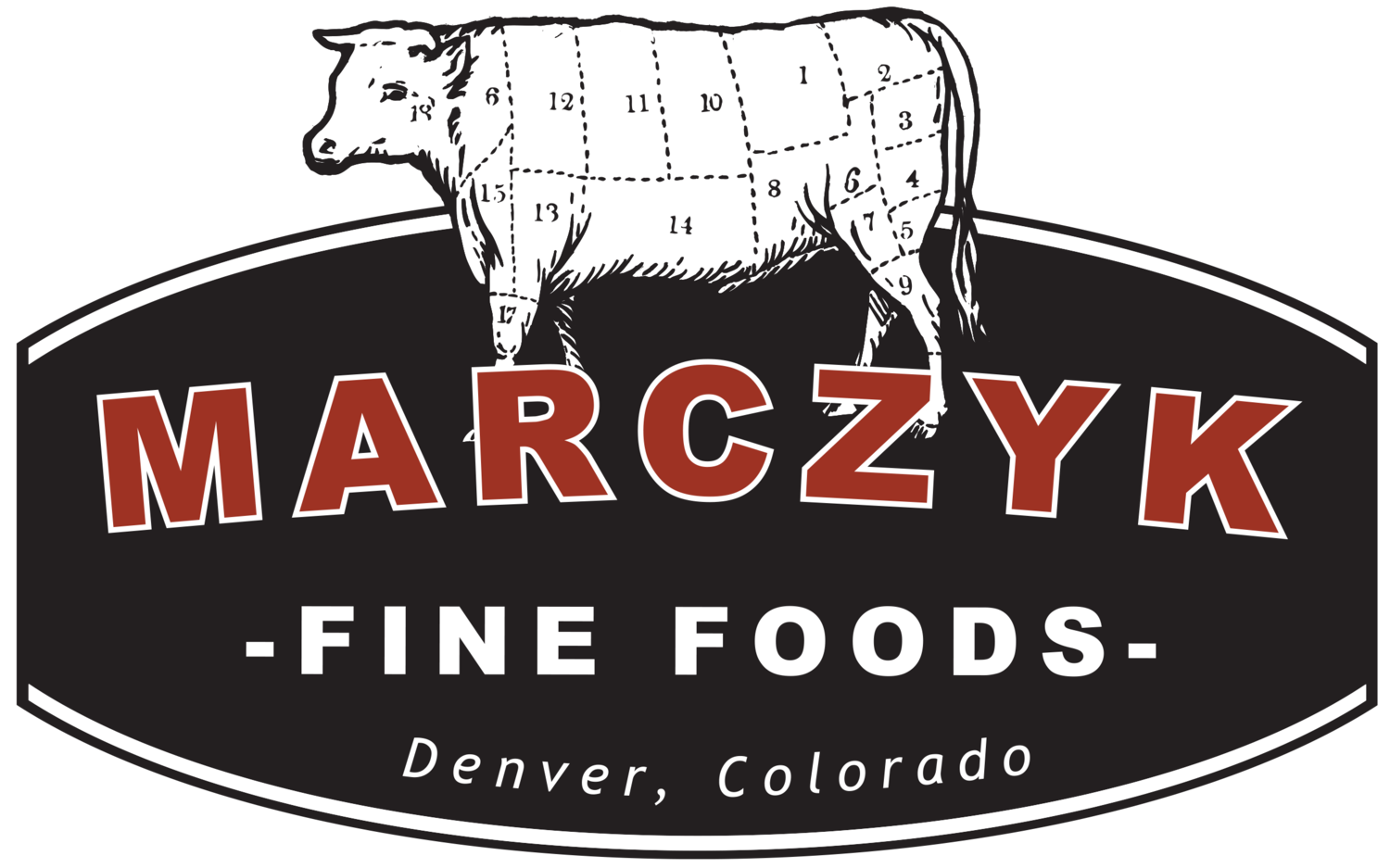You may also want to see How to Cook Pasta and How to Make Pasta Cacio e Pepe.
BY BILL ST. JOHN
We may eat pasta shapes such as fusilli or farfalle for their novelty, or strands such as spaghetti or linguine because they are nostalgic — and eat them with whatever saucing or in whatever preparation we dang well decide on — but there is real rhyme and reason for pairing certain pasta shapes with certain sauces.
And the Italians, as usual and of course, show the way.
In Italy, pasta, both fresh and dried, comes in many dozens of shapes, sizes and configurations. (Estimates suggest that Italy makes more than 350 pasta shapes.) You’re excused for imagining that there is no way that each of those 350 shapes has its own particular sauce.
No, it’s more that the general shape of a pasta pairs with a certain type of sauce or preparation. This is due mainly to the function of the pasta, what the pasta does with its sauce. Or, looked at another way, what a sauce does with its pasta.
Long, thin pastas
That’s why well-made pastas of this sort actually have rough-ish sides, made so by the sometimes ancient bronze dies through which they are extruded. The rough sides help “pull” the sauce along as it’s wound on the fork.
Sauces for long thin pastas include cream- or oil-based sauces such as aglio e olio, or the typical “marinara” (if not too chunky), or sauces that might use a good splash of the pasta cooking water in the finishing, such as “cacio e pepe.”
For examples of such pastas sold at Marczyk’s Fine Foods: Buondonno’s spaghetti and linguine; Rustichella d’Abruzzo’s tonnarelli, spaghetti, spaghettini, and bucatini; La Molisana’s spaghetti, spaghetti chitarra, bucatini, and linguine.
Ribbon-like pastas
Wider versions of fettucine do much the same, although they are particularly adept at carrying thick cream sauces such as the popular Alfredo.
For examples of such pastas sold at Marczyk’s Fine Foods: Buondonno’s tagliatelle rigate and scialatielli; Rustichella d’Abruzzo’s fettucine and egg pappardelle; La Molisana’s fettucine.
Pasta shapes with lots of twists or turns
These pasta shapes are the most varied — certainly the most creatively designed — of pasta shapes from Italy. Some are shaped like old-fashioned home heating radiators; others, as snails. Even more: like little hats, or chef’s caps or small baskets, or bell flowers or lilies or butterflies or corkscrews or wagon wheels or candy in its wrapper or, even, the esophagus of a chicken (garganelli). That’s right. Cluck on that one.
For examples of such pastas sold at Marczyk’s Fine Foods: Buondonno’s tortiglioni, sposini, and vesuviotti (little “volcanoes”); Rustichella d’Abruzzo’s sagne a pezzi, gnocchette, and fusilli col buco (which also is a long, thin pasta); La Molisana’s fusilli; Vero Lucano’s pasta mista and (somewhat twisty) ferricelli.
Tubed pastas
Such are baked pasta dishes of many sorts such as the Tuscan dish penne straccicate or our ol’ standard mac‘n’cheese. Tubed or hollow pastas also work well as the basis for pasta salads.
These pasta shapes come in small, medium and large. Stuffing “shells” is a popular pasta on the American East Coast.
For examples of such pastas sold at Marczyk’s Fine Foods: Buondonno’s paccheri, pennette, maccheroni, and conchiglioni; Rustichella d’Abruzzo’s macaroni, conchiglioni and penne rigate; La Molisana’s penne rigate.
Finally, two pasta shapes that are commonly misused hereabouts.
The first ones I refer to are (1) mini-pasta shapes (what the Italians call “pastine”) such as orzo or stelline (“little stars”), such as La Molisana’s orzo or small elbow, that we use in pasta salad instead of where they belong, in wet — very wet — dishes such as soup. And for children, by and large, because their devourment chambers are small, too.
You’ll find that orzo makes for gloppy pasta salad but a fine counterpoint to chicken broth.
The other commonly misused pasta shapes are the (2) filled pastas such as tortellini or ravioli. They are not substitutes for long and thin or twisty-turn-y pastas, there for carrying sauces to the mouth. When treated as such, the cook makes a three-act play when a two-act will do and is better.
Filled pastas are mini pillows of pleasure with most of their deliciousness all right there. A simple glistening of really top-notch olive oil, or unsalted brown butter with sage leaves, or merely some grated black pepper and Parmigiano-Reggiano with a bit of pasta cooking water to whip it together into a sheen — that’s all they need for their minimal adornment.





